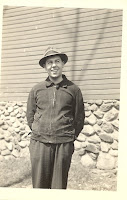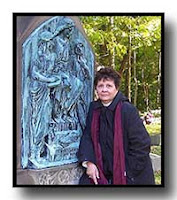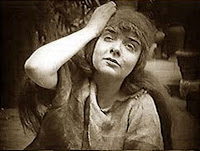I Love You Dad

I should have written something for Mother’s Day because I really adored my mother, the original Evelyn. She was smart, feisty, independent, hysterically funny, and the original feminist. So Mom, I owe you a blog.
But next Sunday is Father’s Day. The kids and I will celebrate the wonderful Dad that my husband indeed is. But I want to take a moment to honor Carol, my father. He died much too young. He’s been gone more years than we had together. And yet, that bedrock of love he gave me as a kid accounts for much of the person I am today.
First, the name. He spent his life explaining it because Carol is usually reserved for girls. But the family lore is that it was supposed to be Carl, the hospital got it wrong, and my immigrant grandparents didn’t want to argue with authority. So Carol it was.
He was intelligent, kind, gentle, generous, good looking, with a twinkle in his eye and a sense of humor that often saved the moment (especially for an over-dramatic teenage girl). It was Dad who took me to the library every week. He’d get a stack of books (always including a couple of mysteries!), while I carefully picked out my own selection. He traveled for business, probably three weeks out of every month, but never missed a recital, a holiday, or birthday.
We weren’t poor, but money was usually tight. Dad was a product of the Depression and for him, spending money was always a gut-wrenching experience. When I was in college, I begged to go overseas to a summer program at Oxford University. The cost was prohibitive, but his hesitation, I think, was primarily because he would miss me. Still, my heart was set on a summer in England and he reluctantly agreed. I bought my cheap charter plane ticket and headed off. Within two weeks, I was back home. I’d been in a motorcycle accident (don’t ask, I was just incredibly stupid). I’d lost a few teeth, my face was banged up, I looked a mess. But once Dad had been assured by my doctor that I was okay, he paid for a full-fare ticket for me to return to Oxford. “You have to go back,” he insisted. He didn’t want me to be scared to travel or to miss this unique opportunity. It was a magical summer, despite the temporary bite plate!
Now that I’m a parent, I realize how terrifying it must have been for him to let me go. Not to mention how hard it must have been to pay for that expensive plane ticket. But Dad knew what I needed, even if I didn’t.
From him, I learned parenting lessons, long before I had kids. He never spanked me (Mom took a swipe or two), but Dad just looked disappointed when I misbehaved and that would be enough. He said spanking just meant that he was bigger than me, not necessarily that he was right. He taught me to always tell the people you love that you love them – never assume they know. By his example, I learned what a real father should be and I wanted that (and got it) for my own children.
This Sunday, my husband will laugh at the funny cards his kids have given him, smile at the thoughtful gifts they’ve brought, and mostly, just revel in the company of his children. Carol won’t be here, but I’ll hear him in the laughter of his grandchildren. Love you Dad.
Marian, the Northern half of Evelyn David





